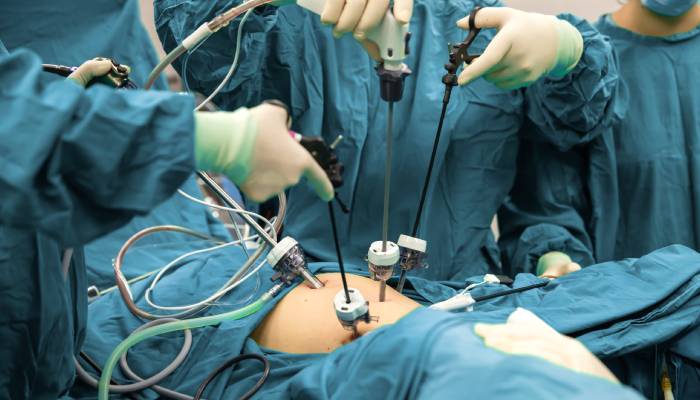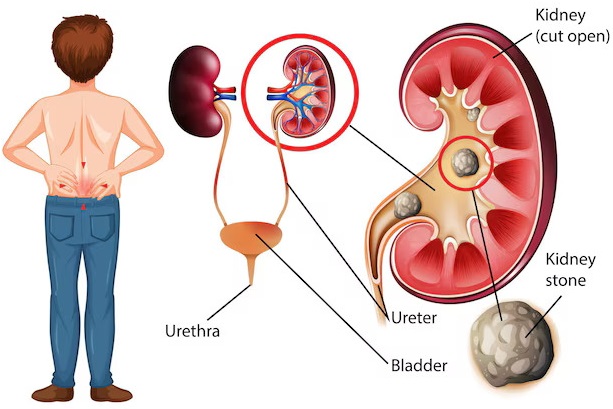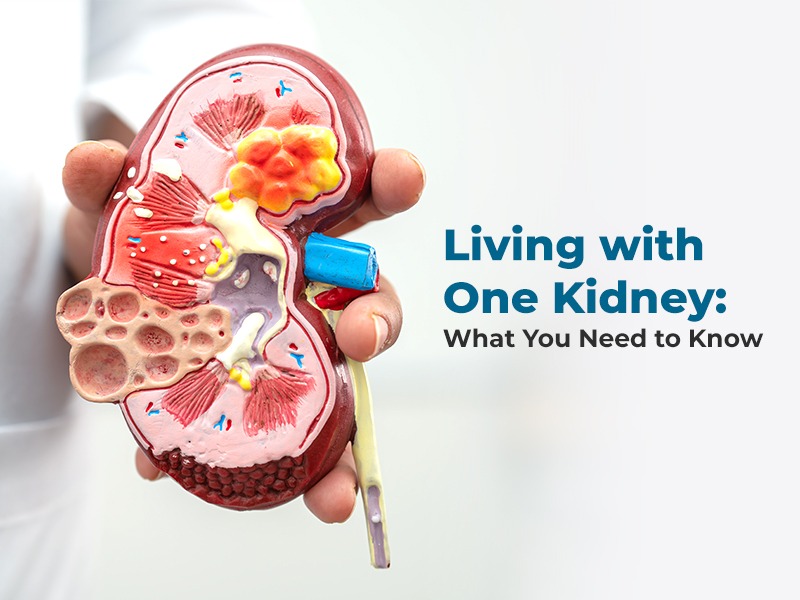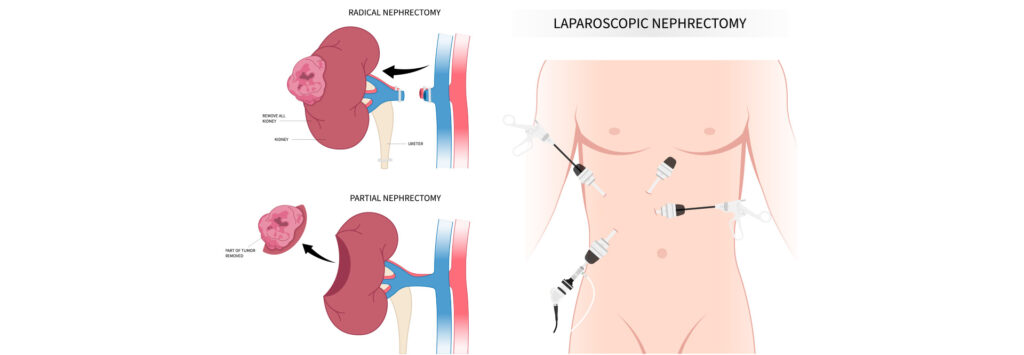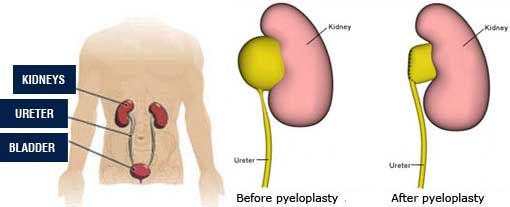Pyeloplasty surgery—a procedure to correct a blockage or narrowing at the junction between the kidney and the ureter (ureteropelvic junction or UPJ)—the surgical instruments used vary depending on whether the surgery is done through open, laparoscopic, or robot-assisted techniques. Here’s a breakdown of commonly used instruments:
1. General Surgical Instruments (for all approaches):
Scalpel – for making initial incisions.
Scissors (Metzenbaum or Mayo) – for cutting tissue.
Forceps (Debakey, Adson) – for handling tissues.
Needle holders – for suturing.
Hemostats (Mosquito, Kelly) – for clamping blood vessels.
Suction tip (Yankauer or Frazier) – for clearing blood and fluid.
2. Laparoscopic Pyeloplasty Instruments:
Trocars and Cannulas – for inserting instruments through small incisions.
Laparoscope – camera to view the surgical field.
Graspers – to hold and manipulate tissues.
Laparoscopic scissors – to dissect and cut.
Hook or spatula cautery – for precise electrocautery dissection.
Suturing devices or needle drivers – for intracorporeal suturing.
Suction-irrigation device – for cleaning the surgical area.
3. Robot-Assisted (Da Vinci) Pyeloplasty:
Robotic arms and instruments – such as:
Maryland bipolar forceps
Monopolar curved scissors
Prograsp forceps
Needle drivers
3D camera system – high-definition visualization.
Assistant port instruments – similar to laparoscopic tools for suction, clipping, or retraction.
In a pyeloplasty surgery, several consumable products are used depending on the surgical approach (open, laparoscopic, or robotic). These are items that are used up during the procedure and cannot be reused. Here’s a comprehensive list categorized by their purpose:
1. Anesthesia & IV Supplies:
IV cannulas and sets
Syringes and needles
Anesthetic drugs – e.g., Propofol, Fentanyl, Muscle relaxants.
Local anesthetic (e.g., Bupivacaine) – for postoperative pain control.
2. Surgical Field & Access:
Suction canisters and tubing
Laparoscopic ports/trocars (if laparoscopic or robotic approach)
CO₂ insufflation tubing – for creating pneumoperitoneum.
3. Sutures & Hemostasis:
Absorbable sutures (e.g., Vicryl, PDS) – for internal anastomosis.
Non-absorbable sutures (e.g., Prolene) – sometimes used for skin.
Electrocautery pads and cables
4. Drainage & Stenting:
Double-J (DJ) stent – to keep the ureter open during healing.
Foley catheter – for bladder drainage.
Surgical drain (e.g., Jackson-Pratt or Penrose) – sometimes placed to prevent fluid accumulation.
5. Post-op Dressings:
Adhesive dressings (e.g., Tegaderm, Opsite)
Sterile bandages and tape
Antibiotic ointment
Optional (depending on case and approach):
Staples or skin closure strips – sometimes used in open procedures.
Specimen bag – if tissue is removed during the procedure.







